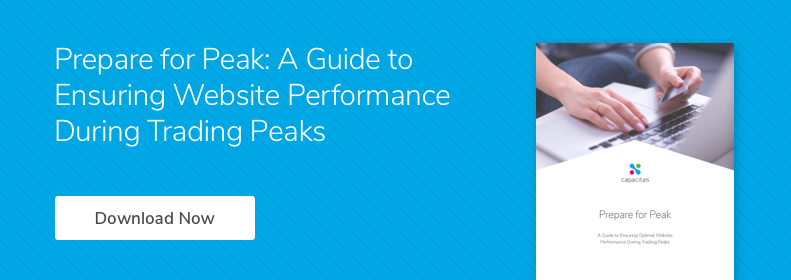Estimated read time: 3 Minutes
Virtual queues mean lost revenue and customers hate them
In the last article, we showed social media is full of furious customers complaining while waiting in virtual queues. Research shows customers vote with their feet and abandon long queues. That’s lost revenue. Even worse:
your customers may never come back
I’m going to tell you how you can finally get rid of virtual queues that annoy your customers.
What CTOs should do instead of resorting to queues
You should aim to have no queues. The unacceptable should never become the acceptable. Queues are a last resort when all else has failed. The website should be able to scale to meet all future business needs. IT should never hold back business ambitions.
If you don’t believe this then stop reading this article. It’s not for you.
The use of virtual queues masks serious underlying problems

“The platform doesn’t have the capacity to support the demand” -How often do you hear that from your teams?
Lack of capacity is a symptoms of deep underlying problems. These problems are due to constraints which are hard to understand. There are two types of constraints, obvious and misleading.
a) Obvious constraints are easier to understand. You will see the website capacity usage looks very high. But often the underlying causes are due to inefficient processing or architecture. Not a lack of capacity.
b) Misleading constraints are harder to understand. The less experienced analyst will confuse obvious and misleading constraints. They will believe they don’t have enough capacity and use virtual queues to protect the website.
These constraints will continue to cause you issues in the future. The symptoms will be ongoing service stability and poor customers experience, even in normal trading days.
How problem areas are identified and removed

You see problems that cause queues and how they are dealt with in every day life. Airport security queues often become large. In order to reduce them they add new gates and reduce screening time. This is the same as adding capacity and improving efficiency.
Websites are similar. You need a defined methodology to understand and remove your constraints by looking at daily use. This avoids the time and expense of load tests.
5 steps to get rid of constraints which cause virtual queues
Instrument
Data correlation
Analyse
Produce actionable insight
Fix and iterate
- Instrument. Collect key data for what you can and can’t see. Needs to be at the right granularity and detail. There are 15 key metrics you need to capture for every website component. Missing even one of the metrics will create a blind spot.
- Data Correlation. Less experienced analysts often use tools to do this correlation. These tools often over-summarise leading to loss of detail and the wrong conclusions.
- Analyse the journey, not the end result. Look at how data changes over time. This will point you to the hidden constraints.
- Produce actionable insight. Who do you have to convince and how? You need to sell the business case for making the change.
- Fix and iterate. You will find many constraints. That means many cycles of this process, and not all them will be successful.
In summary, virtual queues are unacceptable. They mask deep underlying problems in your website. They will continue to cause problems further down the line. The time to act is now. While the pandemic is fresh in everyone’s minds, the board will give you the investment and support needed to finally get rid of virtual queues and the problems that cause them.
Getting rid of the queues will stop users from complaining on social media and damaging your brand. They will stop abandoning their baskets and continue spending money on your website.

